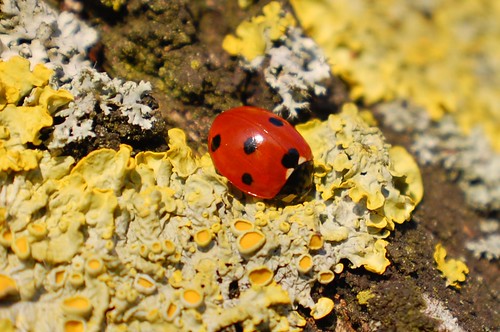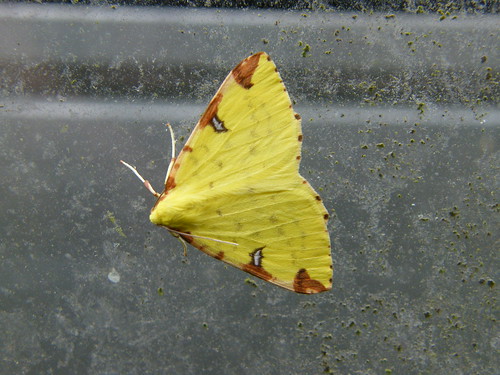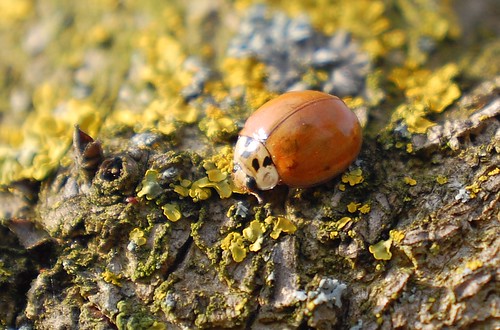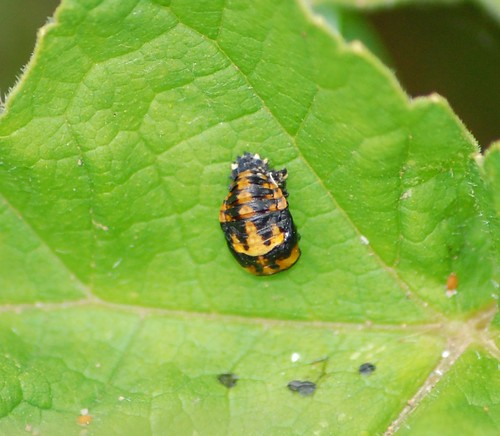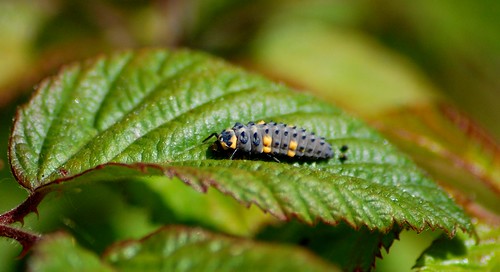'Where have all the ladybirds gone? I've hardly seen any this year.' In this case the question is relayed, second-hand, via a friend and through Twitter, but it's becoming a worryingly frequent refrain this year. As a professional ladybird-fancier (my very-nearly-finished PhD is on ladybirds and in my spare time (what spare time?!) I'm part of the
UK Ladybird Survey team) I probably hear it more than most, but a lot of people seem to be missing the gardener's little spotty friends this summer. Rather than just repeating it to everyone, I thought I'd blog the answer here.
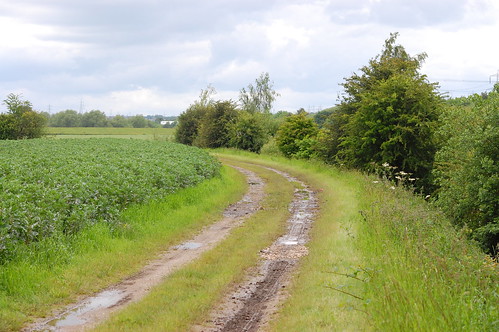 |
| The British summer, 2012 |
There are many threats to ladybirds in Britain. The Harlequin ladybird (
Harmonia axyridis) is causing declines in native species (open-access paper
here), while others are suffering from habitat destruction. However, the 2013 ladybird-lack is down to a natural phenomenon: the British weather.
In essence, it's because of what this picture shows: summer 2012 for most of the UK was a washout. It started raining about Easter and basically never really stopped. In general, rain is pretty bad news for insects;as cold-blooded animals wet, cold conditions stop them flying, which in turn prevents feeding, dispersing, breeding, and so on. Many insects, including several species of ladybird, are on the edge of their range in Britain, as far north as they can go before conditions get too cold, so damp, dark summers don't do them any favours!
 |
| Southerly bias in the distribution of the 24-spot ladybird, Subcoccinella vigintiquattuorpunctata, in Britain. © Crown copyright and database rights 2011 Ordnance Survey. Mapping from the NBN Gateway |
|
The timing of the rain was particularly bad in 2012. Ladybirds usually only have one generation a year, breeding between May and August (though a few species are later), and they spend the winter as adults, tucking themselves in for the winter in October and not feeding until the following spring. Emerging from their overwintering lairs in March and April, they desperately need to feed, and they can usually stuff their faces on aphids, which emerge from overwintering and set up new colonies at roughly the same time. In 2012, however, April was a near-unrelenting monsoon of torrential rain - the ladybirds couldn't disperse looking for food, or mates, or egg-laying sites, and in any case the aphids were gone, washed from the leaves before colonies could be established. Numbers of winged aphids - the dispersive stage - wouldn't reach normal levels in
Rothamsted Research's aphid-monitoring traps until October.
That meant that the 2012 generation of ladybirds - the ones that would try to survive the winter and appear in spring 2013 - was very poor. Numbers were lower than normal, especially of species that lived mainly in trees (it's much harder to climb back up a tree than a small flower once you've been washed off it), and many of the individuals were smaller than normal, a sign of a lack of nutrition as a larva.
Once they emerge as adults in late summer, ladybirds have one job - to eat as much as possible to have the best possible chance of surviving six months asleep. Hamstrung by the lack of aphids to eat, it's likely that the majority went into the winter underweight, only to be faced by a winter that went on and on - personally I was still wearing two coats and a woolly hat for
pollinator surveys into June! That meant that a lot of the ladybirds that went into dormancy last autumn simply ran out of energy and never woke up again, further lowering numbers. I spent almost every day in the field (well, in several fields) this spring, and only saw a ladybird on 29 occasions between New Year and the end of May, far fewer than normal. I did see several hundred Orange ladybirds (
Halyzia sedecimguttata) at the Kings Weston BioBlitz in Bristol, but this is a mildew-feeding species at home in wet weather, and they were still in their overwintering aggregation in early May!
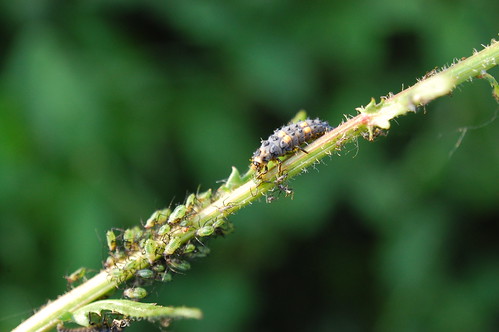 |
| A 7-spot ladybird larva (Coccinella septempunctata), snapped at dinnertime. |
The cold spring held back the aphids as well, but once they finally appeared, they really went for it, and, with very few predators about, big numbers began appearing. The summer heatwave provided ideal conditions climatic conditions for sun-loving insects, and ladybirds began the recovery process. I only found my first ladybird larvae of the year on the 9th of June, about six weeks later than normal, but over the last six weeks or so ladybirds have made a welcome return to my village, with larvae and new adults abundant on limes and sycamores in the local churchyard. Hopefully they'll be able to keep feeding and - weather permitting - next year's generation will start from a much better position than did this year's!
If you see a ladybird, please do send us a picture record at the UK Ladybird Survey website or using the iRecord Ladybird app from CEH and Naturelocator (Android or Apple) - without records we have no idea what's going on anywhere else!
.jpg)
.jpg)
